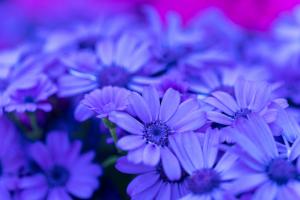Why Not to Plant Willow Trees
Willow trees have long been a popular choice for landscaping due to their elegant, sweeping branches and lush, green foliage. However, while they may be visually appealing, planting willow trees comes with a number of potential drawbacks that should be carefully considered before making your decision.
1. Susceptibility to Disease
Willow trees are known to be highly susceptible to a variety of diseases, including willow scab, black canker, and crown gall. These diseases can cause extensive damage to the tree and may even result in death. Additionally, once a willow tree is infected with a disease, it can be difficult to treat and may require costly interventions such as pruning or chemical treatments.
2. Weak Wood
Willow trees are notorious for having weak wood that is prone to breakage. This can be a significant safety concern, especially if the tree is planted near structures or in areas with heavy foot traffic. In addition to posing a potential danger to people and property, broken branches can also cause damage to the tree itself and may create entry points for pests and diseases.
3. Invasive Roots
Willow trees have a reputation for developing invasive root systems that can cause a variety of problems. These roots can grow quickly and extensively, often encroaching on nearby structures, clogging drainage systems, and disrupting underground utilities. In addition to the structural damage that invasive roots can cause, they may also compete with other plants for nutrients and water, potentially leading to ecosystem imbalances.
4. Proximity to Water
While willow trees are often touted as being ideal for planting near water sources, this proximity can actually lead to a number of issues. Willow roots are known to search out and absorb large amounts of water, making them a poor choice for areas with limited water resources. Additionally, the moisture-rich environment near bodies of water can increase the likelihood of diseases such as willow blight, further complicating the health of the tree.
5. Limited Life Span
Finally, it's important to consider the limited life span of willow trees when making your decision to plant. While some species can live for up to 150 years, many willow trees have significantly shorter lifespans and may begin to decline after just a few decades. This means that if you're looking for a long-term investment in your landscape, willow trees may not be the best choice.
Ultimately, the decision to plant a willow tree should be made based on careful consideration of the potential benefits and drawbacks. While they may be visually stunning, invasive roots, weak wood, and susceptibility to disease are all factors that can make these trees a challenging choice for many landscapes.

 how many times do yo...
how many times do yo... how many planted tre...
how many planted tre... how many pine trees ...
how many pine trees ... how many pecan trees...
how many pecan trees... how many plants comp...
how many plants comp... how many plants can ...
how many plants can ... how many plants and ...
how many plants and ... how many pepper plan...
how many pepper plan...





























